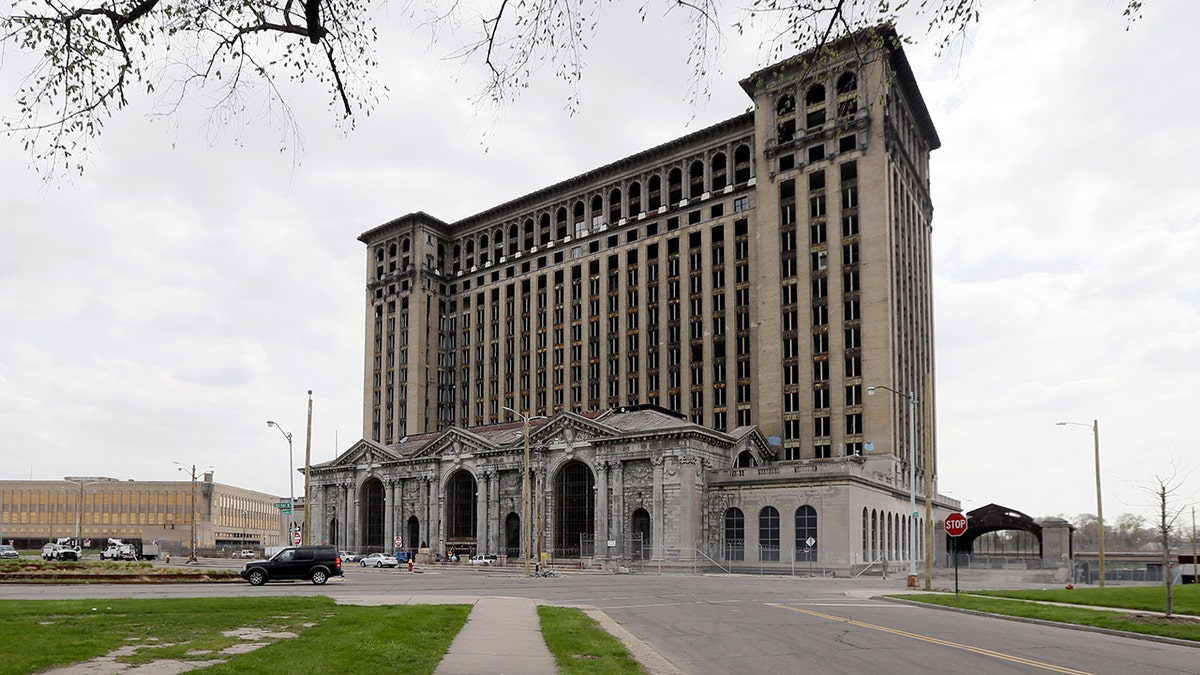After more than 27 years battling blazes and rescuing Detroit residents, firefighter Mike Berent faces a looming retirement with mixed emotions. While the city has rebounded significantly from its 2013 bankruptcy, Berent and other long-serving city employees feel the recovery hasn't reached them.
Berent, now 52, anticipates a monthly pension considerably less than what he expected before the bankruptcy, necessitating a second job to make ends meet. He also faces the loss of city-funded healthcare upon retirement, five years before Medicare eligibility kicks in.
Detroit's bankruptcy, orchestrated by state-appointed manager Kevyn Orr, aimed to address a massive budget deficit and severely underfunded pensions and healthcare costs. The city emerged from bankruptcy in 2014 with billions in debt restructured and substantial funds earmarked for improving city services. While Orr maintains the pension cuts were painful but unavoidable, many retirees like Berent feel the impact acutely.

The city's landscape has transformed since then. Under Mayor Mike Duggan's leadership, thousands of abandoned buildings have been demolished or renovated, neighborhoods have seen improvements, and new businesses have emerged. Downtown Detroit now boasts boutique hotels, high-end restaurants, and a rising skyscraper promising a mix of commercial and residential spaces.
Ford Motor Co.'s investment in the iconic Michigan Central train station, transforming it into a hub for autonomous vehicle development, has further fueled optimism and attracted additional investment to the Corktown neighborhood. Residents like Arielle Kyer and Jay Aho have witnessed firsthand the positive changes in their communities, from new parks and recreational facilities to cleaner streets and a sense of renewed vitality.
However, the financial challenges haven't entirely disappeared. Detroit's pension systems, which have operated without city contributions for a decade, will require the city to resume payments next year. While city officials express confidence in the improved funding levels, independent analyses suggest the systems remain vulnerable. This poses a significant hurdle for the city as it navigates its long-term financial recovery.
Comments(0)
Top Comments